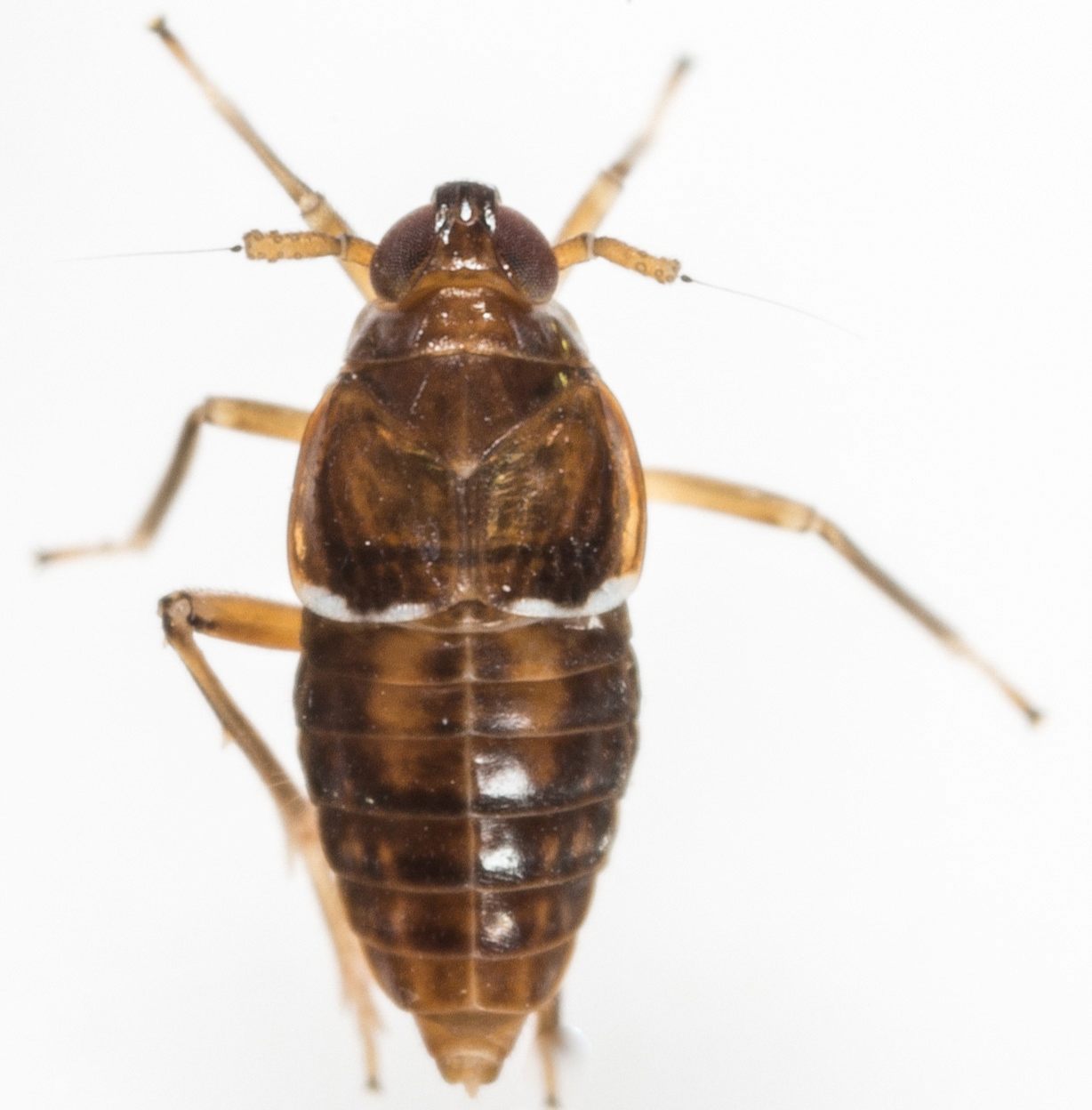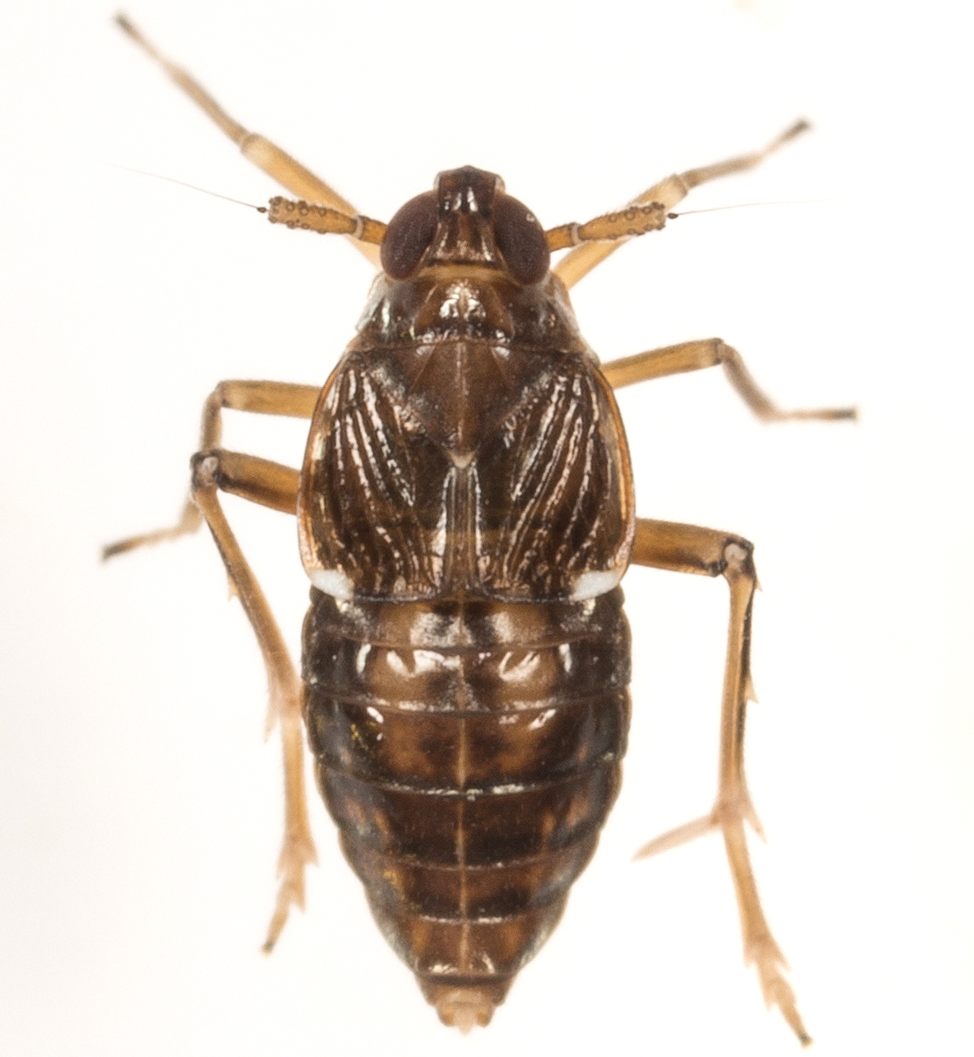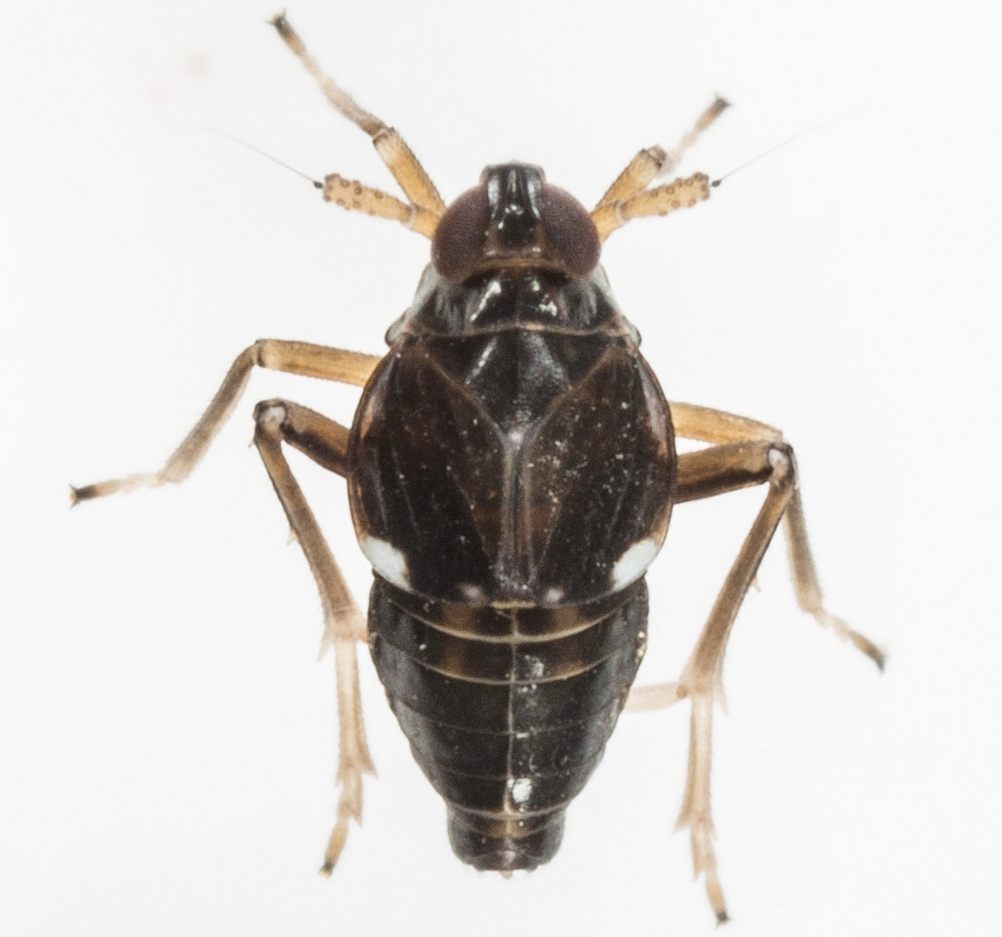| description |
A species that widely varies in color, from dark chestnut-brown to brownish orange. The body is shiny and the frons is immaculate; it is pale ventrally and gradually becomes darker dorsally, with a dark clypeus. However, the colors of the frons can intergrade and sometimes it is completely pale. The antennal segments are yellowish. Markings on the apex of the wing and posterior margin of the pronotum may be present or absent. The key distinguishing characteristic for this species and other similar ones in the P. piceus complex is the narrow but projecting vertex. While the vertex (top of the head) usually does not extend much past the eyes in other Pissonotus, it noticeably projects past the eyes in piceus, as can be seen here. Macropterous individuals are similarly colored to brachypters, with the caudal apex of the mesonotum yellowish and wings clear. Adult brachypterous males are 2.20-2.38 mm long, while females are 2.81-3.19 mm; macropterous males are 3.10-3.37 mm long while females are 3.38-3.81 mm. (Bartlett & Deitz, 2000)
For more images of this species, see here. |
| distribution |
The second most commonly collected Pissonotus species. Found in Eastern and central North America; also Belize, Bermuda, Costa Rica, Cuba, Honduras, Jamaica, Mexico, Nicaragua, Panama, Peru, Trinidad, and Venezuela (UDEL) |
Species Photo Gallery for Pissonotus piceus No Common Name |
 | Photo by: John Rosenfeld
Out Of State Co.
Comment: very dark individual |  | Photo by: John Rosenfeld
Out Of State Co.
Comment: |
 | Photo by: John Rosenfeld
Out Of State Co.
Comment: |  | Photo by: Kyle Kittelberger, Brian Bockhahn
Transylvania Co.
Comment: |
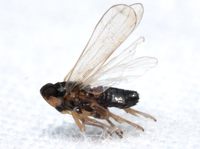 | Photo by: Kyle Kittelberger, Brian Bockhahn
Transylvania Co.
Comment: |  | Photo by: Kyle Kittelberger, Brian Bockhahn
Transylvania Co.
Comment: |
 | Photo by: Margarita Lankford
Orange Co.
Comment: https://www.inaturalist.org/observations/61815279 |  | Photo by: Margarita Lankford
Orange Co.
Comment: https://www.inaturalist.org/observations/61815279 |
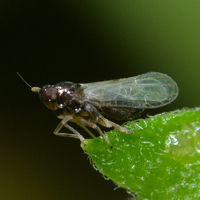 | Photo by: Margarita Lankford
Orange Co.
Comment: https://www.inaturalist.org/observations/61815279 |  | Photo by: Erich Hofmann and Kayla Weinfurther
New Hanover Co.
Comment: attracted to outdoor building lights, ID tentative |
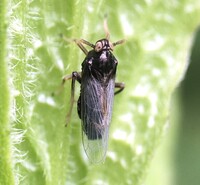 | Photo by: Ted Wilcox
Watauga Co.
Comment: unid_planthopper |  | Photo by: Ted Wilcox
Watauga Co.
Comment: unid_planthopper |
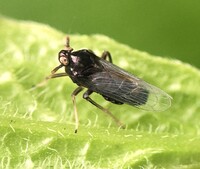 | Photo by: Ted Wilcox
Watauga Co.
Comment: unid_planthopper | 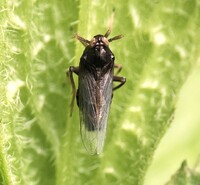 | Photo by: Ted Wilcox
Watauga Co.
Comment: unid_planthopper |
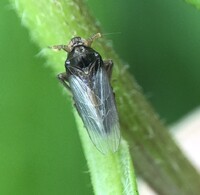 | Photo by: Ted Wilcox
Watauga Co.
Comment: unid_leafhopper |  | Photo by: Ted Wilcox
Watauga Co.
Comment: unid_leafhopper |
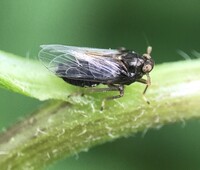 | Photo by: Ted Wilcox
Watauga Co.
Comment: unid_leafhopper | 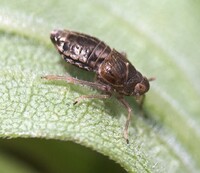 | Photo by: Ted Wilcox
Watauga Co.
Comment: unid_leafhopper |
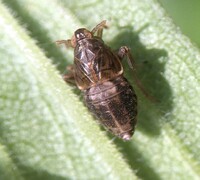 | Photo by: Ted Wilcox
Watauga Co.
Comment: unid_leafhopper | 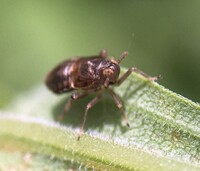 | Photo by: Ted Wilcox
Watauga Co.
Comment: unid_leafhopper |
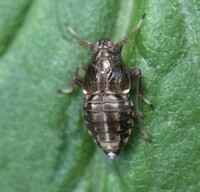 | Photo by: Ted Wilcox
Watauga Co.
Comment: unid_leafhopper |  | Photo by: Ted Wilcox
Watauga Co.
Comment: unid_leafhopper |
 | Photo by: Ted Wilcox
Watauga Co.
Comment: unid_planthopper |  | Photo by: Ted Wilcox
Watauga Co.
Comment: unid_planthopper |
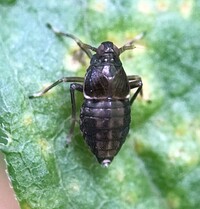 | Photo by: Ted Wilcox
Watauga Co.
Comment: unid_planthopper | 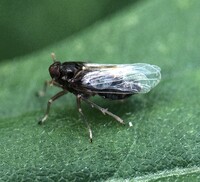 | Photo by: Ted Wilcox
Watauga Co.
Comment: unid_planthopper |
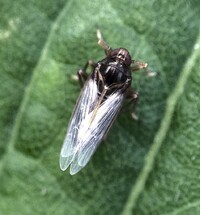 | Photo by: Ted Wilcox
Watauga Co.
Comment: unid_planthopper | 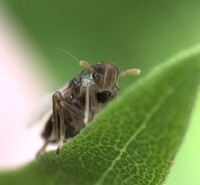 | Photo by: Ted Wilcox
Watauga Co.
Comment: unid_planthopper |
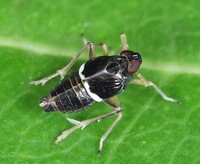 | Photo by: Rob Van Epps
Mecklenburg Co.
Comment: Caught sweeping in a wet, weedy retention area. | 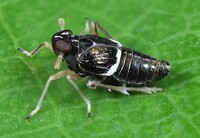 | Photo by: Rob Van Epps
Mecklenburg Co.
Comment: Caught sweeping in a wet, weedy retention area. |
|

 »
»